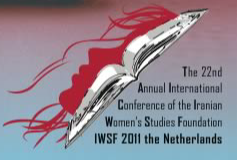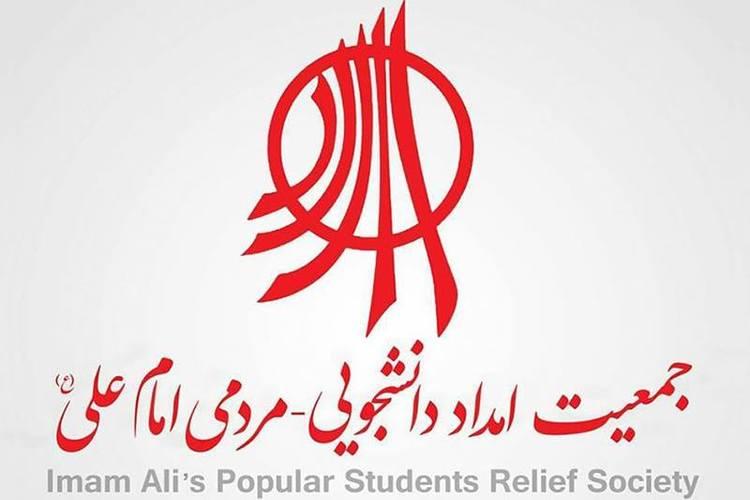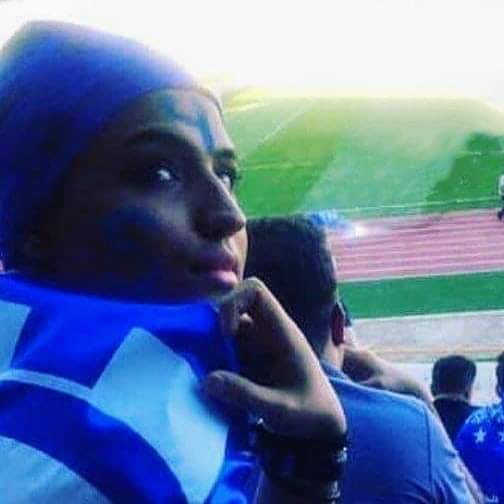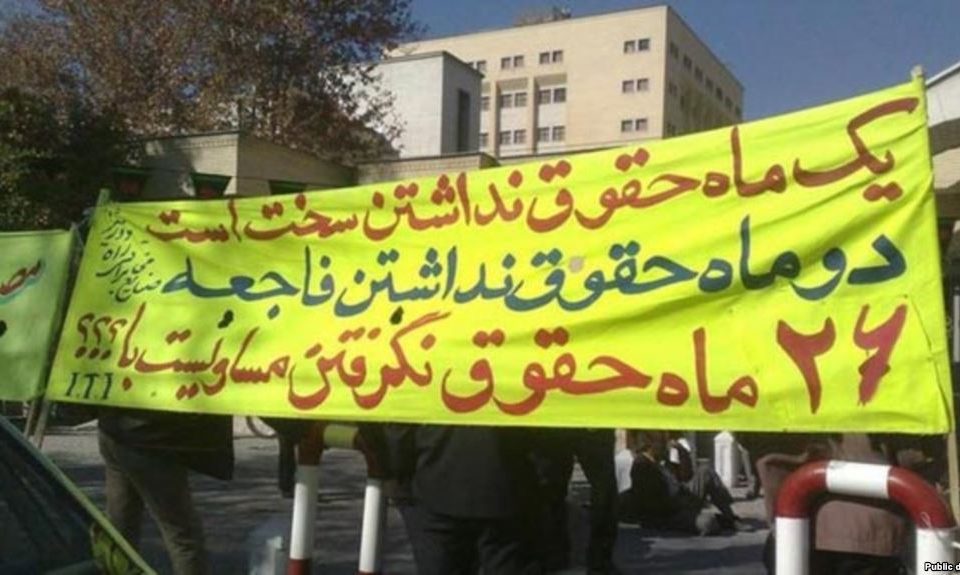Interview: Kurds in Syria
May 28, 2011Amnesty at 50
May 30, 2011For years, the Iranian women’s movement has been the subject of my research. During the 1979 revolution, Iranian women flocked to the streets to make their voices heard. It wasn’t too long after the success of the demonstrations that women were asked to go back to the house and play the role of the “good wife.” In spite of this, women in Iran used every possibility to make their demands heard and to create a place for themselves in society. In the 1980s, the ubiquitous oppression meant that their efforts were largely invisible. It wasn’t until the mid-90s that the significance of their efforts became clear: the tireless dedication of women had cleared a path for civil society and dissent.
Nightmare
With the election of reformist Mohammad Khatami in the late 90s, Iran’s were once again a stage for political discussion. There was a limit to these discussions, however. The power of the theocracy was never questioned. Every attempt to claim more freedom and equality bumped up against theocratic limits, making it impossible for reformists to keep their promises. Mahmoud Ahmadinejad came to power in response to fears that the reformist movement was becoming radicalized: fears that had weakened Khatami and many others.
Ahmadinejad’s rise to power has been a setback for civil society. Independent organizations have been forcefully shut down. Many civil society activists have been arrested and harassed. The reelection of Ahmadinejad in 2009 and the mass demonstrations that followed showed two things:
1) The strong demand for freedom and equality in Iran; and
2) The remorseless oppression of the regime.
After the suppression of protests, many defenders of freedom and equality, including leading women’s activists, were brutally attacked. Overnight, their lives and dreams were transformed into nightmares.
Azadeh Pourzand’s Letter
On April 29, I could not control my tears as I read the letter Azadeh Pourzand wrote to the world about the death of her father. Azadeh is the daughter of of one of the most important leaders of Iran’s women’s movement, Mehrangiz Kar. In 2001, mother and daughter fled Iran together. Azadeh is now a student in the Netherlands and her mother lives in the United States. Two months after their flight Ms Kar’s husband and Azadeh’s father, Siamak Pourzand, went missing and was held captive for years. In late April, he put an end to his loneliness when he took his own life.
In her letter, Azadeh tells not only the story of her father, but that of many others. Their stories cannot be forgotten. The world must be made aware of the heartbreaking repression in Iran.
Iranian Women’s Conference
Telling the stories of those who struggle for freedom and equality is also one of the objectives of the Iranian women’s conference. The conference is organized internationally by Iranian women living in diaspora and held annually all over the world for more than 20 years. Every year the conference is held in a different country, generating global visibility for Iranian women, their work, and their causes.
For the first time ever, the conference is being held in the Netherlands. From the 24-26 of June, Amersfoort will host more that 300 Iranian women from all over the world who will come together to share ideas, efforts, challenges, and strategies. It is the most dynamic conference I have ever been a part of, which means there can be disagreements and conflict. The participants try to find a middle ground with one central focus: the position of Iranian women all over the world.
For more information or to register for the conference, please visit their website: http://www.iwsf2011.com/en/
Halleh Ghorashi is a professor at Vrije University in the Netherlands. This piece was originally published in Dutch and was translated with permission by Arseh Sevom.





